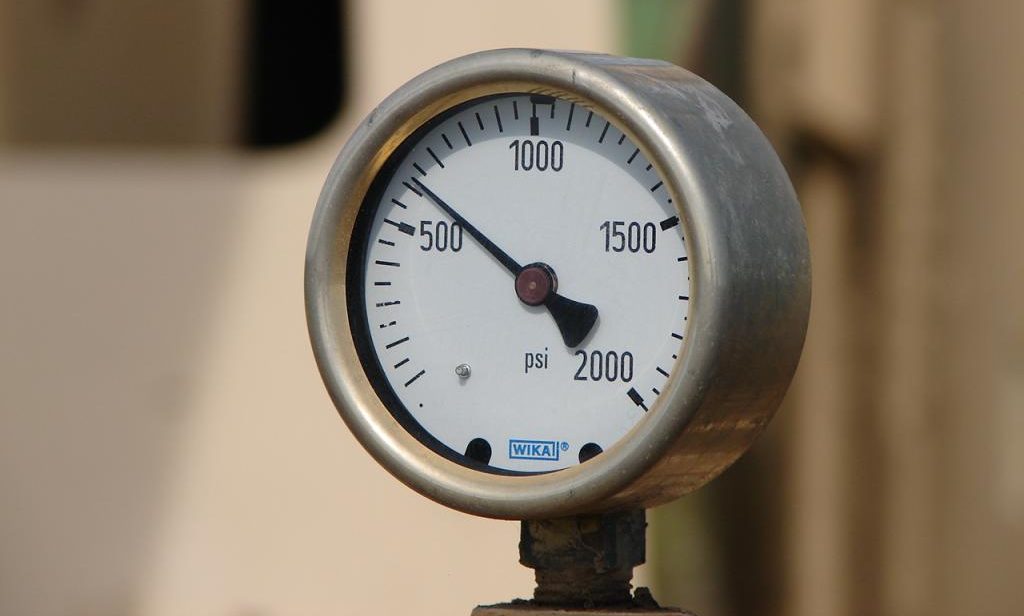
The US domestic oil and natural gas industry uses precise measures and units that have been in use since the industry’s inception and have evolved over time.
To be sold, all oil and gas must undergo testing and measuring to ensure their quality and market suitability. Additionally, measurements must be taken to confirm the volumes being sold. Gallons are the standard unit of measurement for petroleum and LPG products in the United States and other countries in the Western Hemisphere.
Factors Affecting Crude Oil Measurement
The quality and quantity of crude oil can be impacted by various factors, such as temperature, API gravity, and the presence of water and base sediment.
Temperature
Temperature plays a crucial role in crude oil storage, as the oil in a stock tank usually adapts to the surrounding air temperature. However, when the oil is freshly produced or has undergone heating, its temperature may vary. When the oil heats up, it expands, similar to other fluids. To compensate for any temperature changes in the stock tank, adjustments are made.
Density
API gravity, also referred to as density, is a measurement index developed by the American Petroleum Institute to determine the heaviness or lightness of oil in relation to water. It is measured in degrees.
Water is assigned an API gravity of 10 degrees, and any oil with an API gravity greater than 10 degrees is considered “light” and will float on water. Conversely, oil with an API gravity of less than 10 degrees is deemed “heavy” and will sink in water.
The API gravity of crude oil is a significant factor in determining its value, as lighter oil is better suited for producing high yields of diesel or gasoline after refining. As a general rule, the higher the API gravity, the better the quality of the crude oil.
Contact DW Energy
Want to learn more about oil & gas investing? Our expert team can provide you with more information or schedule a consultation to talk about diversifying your investment portfolio.

Factors Affecting Gas Measurement
Gas measurements can be influenced by a range of factors, among which are temperature and pressure.
Temperature
The gas measurement conditions that conform to industry standards are typically set at 60 degrees Fahrenheit (ambient temperature). In instances where the temperature is elevated, the amount of gas that can be accommodated within a cubic foot of space tends to decrease.
Pressure
The industry-standard pressure is 14.7 pounds per square inch absolute (PSIA). When the pressure surpasses this level, it becomes possible for a greater amount of gas to be accommodated within a cubic foot of space.
Why are Oil and Gas Measurements Essential?
To maintain high-quality oil and gas production, precise measuring and standardization are essential. Regulations are implemented to ensure fairness in the industry and guarantee that operators receive the appropriate price for their products.
Regulations in Oil and Gas Measurement
The significance of regulations governing the measurement of gas and oil cannot be overstated. These regulations play a crucial role in promoting fairness in the marketplace and ensuring compliance with provincial regulations and requirements. Furthermore, they contribute to the production of high-quality products and services.
Different areas around the world have implemented their own standards for weight and measurement, accompanied by various laws aimed at promoting fairness and preserving economic prosperity.
Compliance with crude oil measurement regulations is important, and the proper functioning of measuring equipment and instruments ensures that operators are able to produce top-quality oil and gas products.
Contact dw energy
Sources:
“Why Does Temperature Measurement Matter for Oil?” Petrochemical Chemical & Energy, https://www.petro-online.com/news/flow-level-pressure/12/breaking-news/why-does-temperature-measurement-matter-for-oil/55447
“API Gravity,” Penn State College of Earth and Mineral Sciences, https://www.e-education.psu.edu/fsc432/content/api-gravity
“API gravity,” McKinsey & Company, https://www.mckinseyenergyinsights.com/resources/refinery-reference-desk/api-gravity/
“What is API Gravity?” Petrochemical Chemical & Energy, https://www.petro-online.com/news/fuel-for-thought/13/breaking-news/what-is-api-gravity/33309
“Pressure Measurement: Understanding PSI, PSIA and PSIG,” WIKA Alexander Wiegand SE & Co., https://blog.wika.us/products/pressure-products/pressure-measurement-understanding-psi-psia-psig/
“Petroleum (Exploration and Production) Measurement Regulations of 2016,” International Energy Agency, https://www.iea.org/policies/12305-petroleum-exploration-and-production-measurement-regulations-of-2016
